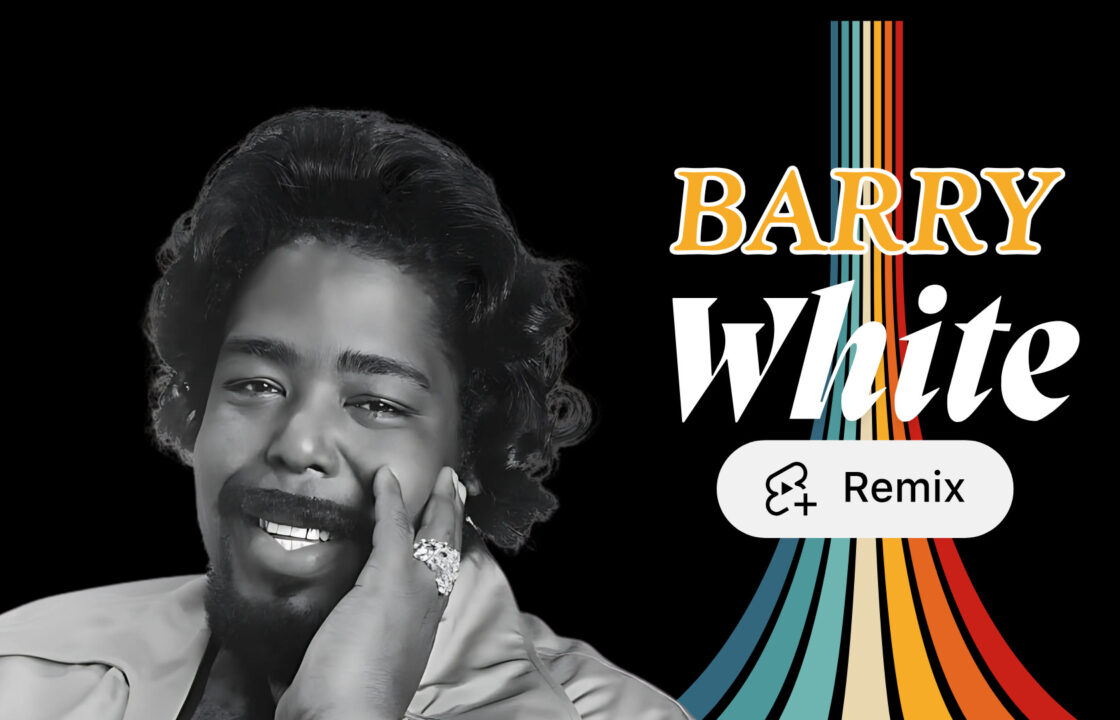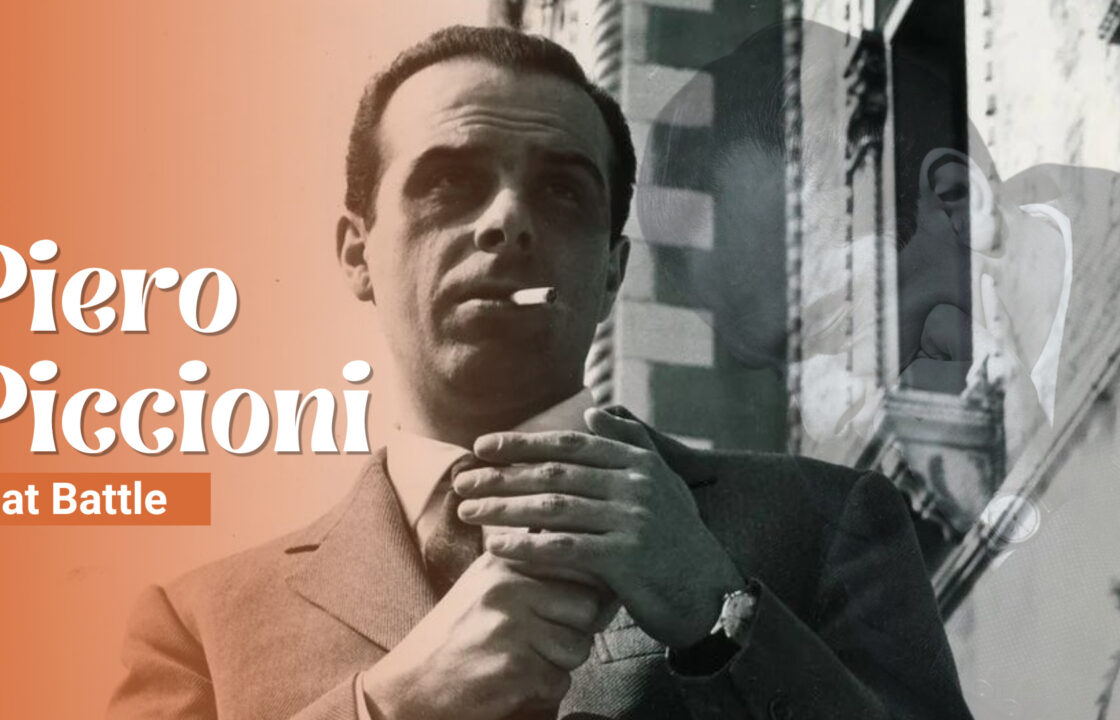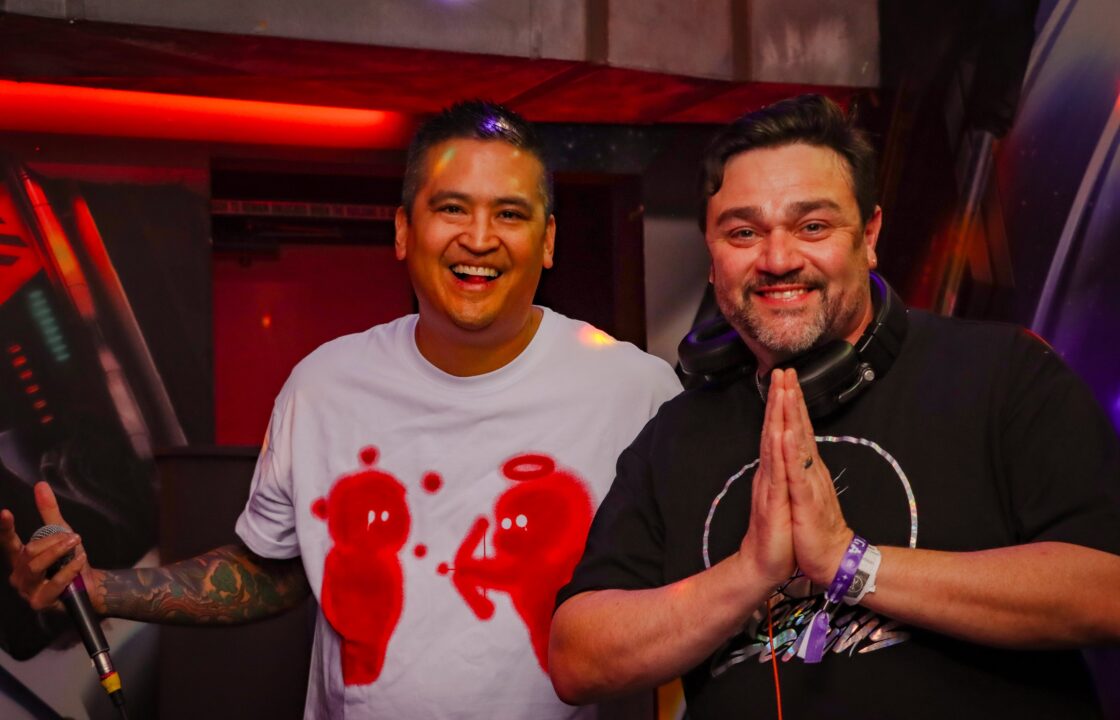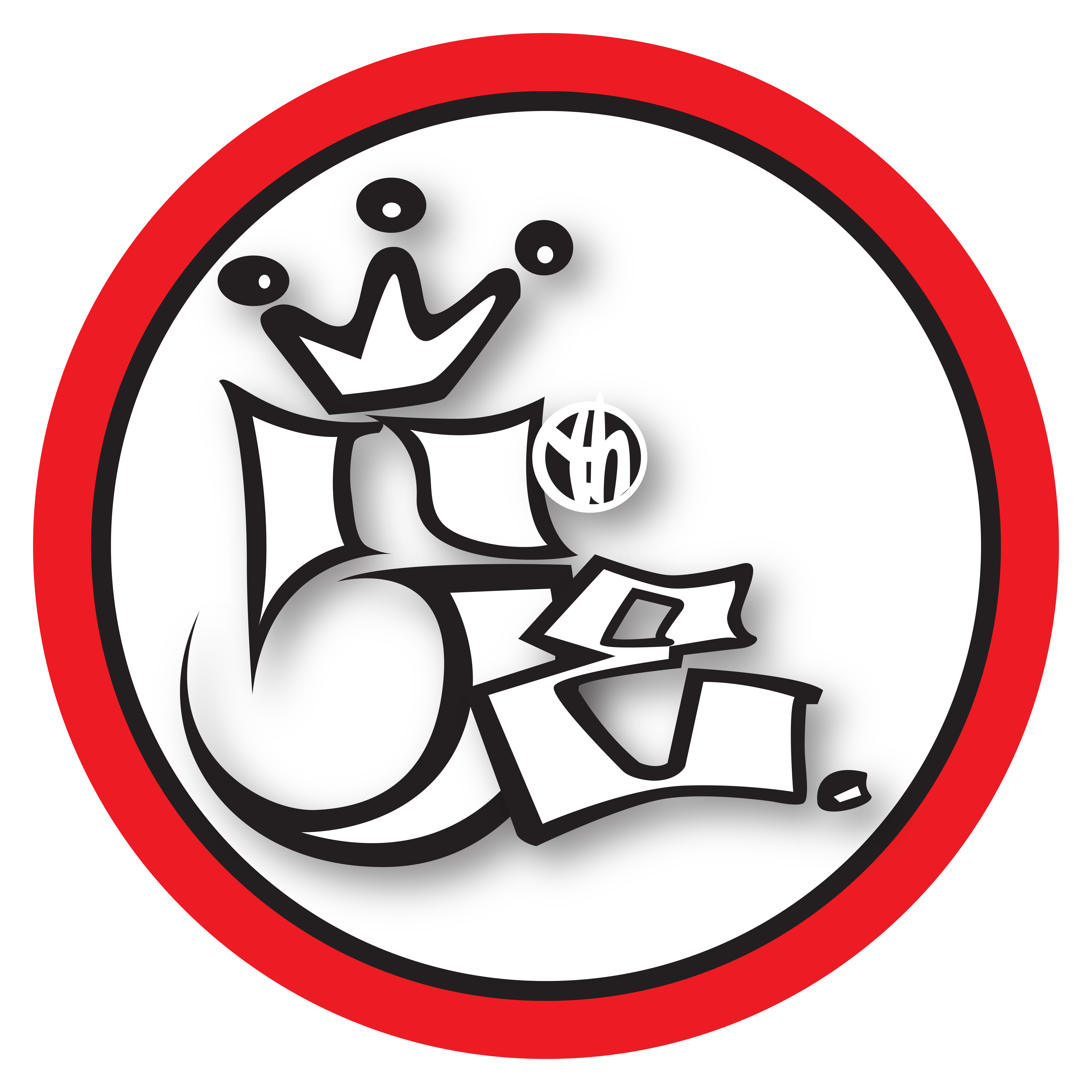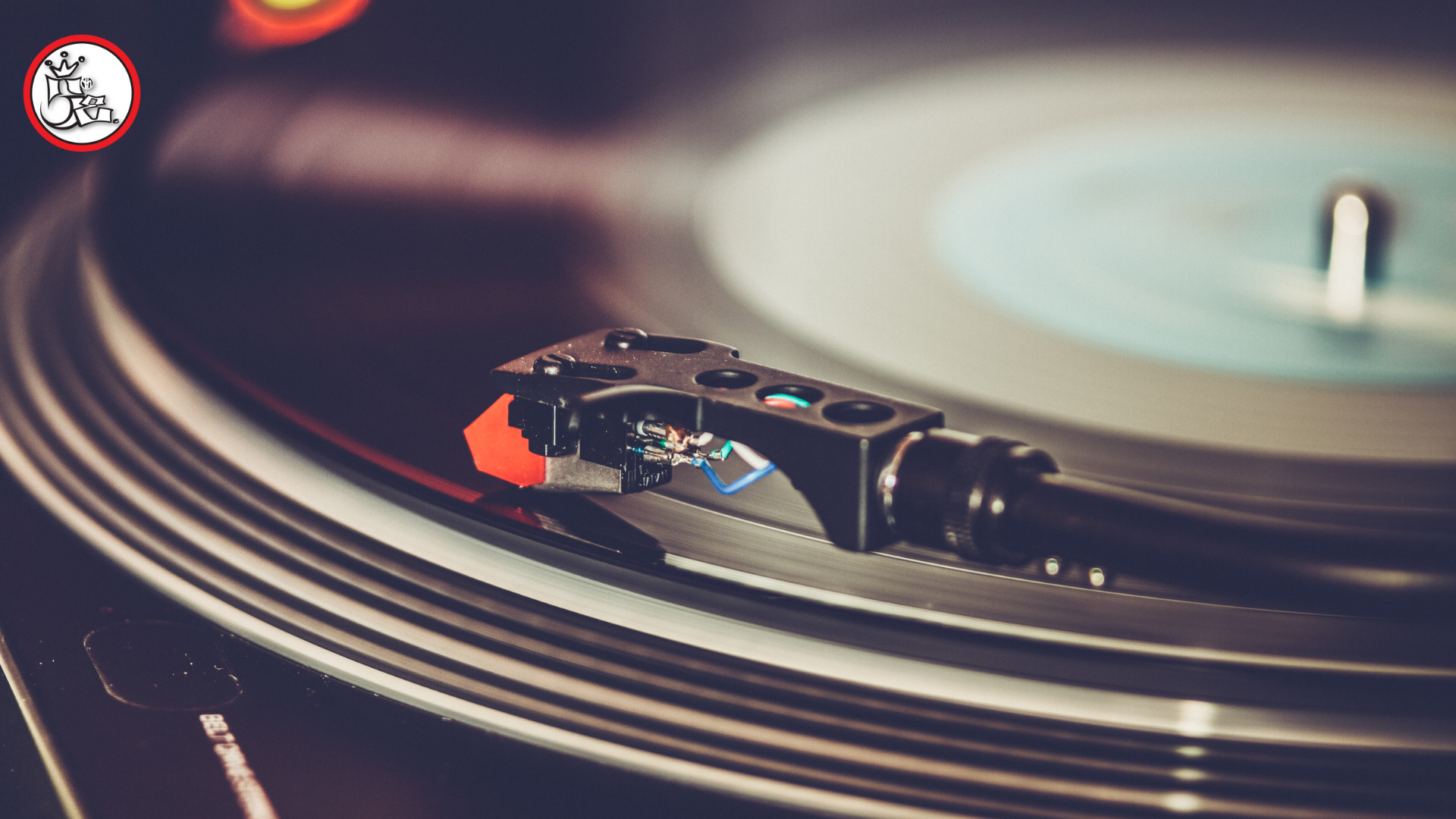
Turntables | The Heart of a DJ
The turntable is the heart of a DJ’s setup, and has been a crucial component in the world of music since its invention. It has gone through several transformations over the years, from the traditional vinyl turntable to the digital turntable. This blog will explore the history, influences, comparisons between traditional and digital turntables, technological advancements, and the skillset required to master the turntable.
History of the Turntable
The first phonograph, invented by Thomas Edison in 1877, was the first device that could reproduce recorded sound. This led to the development of gramophones and record players, which became popular in the early 20th century. These devices were essentially the first turntables and used to play vinyl records.
In 1948, the first magnetic tape recorder was invented, which led to the development of reel-to-reel tape decks. In the 1950s, the first transistorized amplifier was introduced, making it possible to build smaller, more efficient amplifiers. This technology paved the way for the development of the first DJ mixer, invented by Rudy Bozak in 1964.
The first DJ mixer allowed DJs to manipulate the sound of two turntables simultaneously, creating new sounds and mixing different tracks together. This led to the birth of DJ culture and the evolution of the turntable as a musical instrument.
Influences on Turntable Culture
The turntable culture was heavily influenced by the hip hop and disco music scenes of the 1970s and 1980s. DJs such as Grandmaster Flash, Kool Herc, and Afrika Bambaataa were some of the pioneers of turntablism, which involved using turntables as instruments to create new sounds and manipulate existing ones.
In addition to hip hop and disco, other genres such as rock, funk, and reggae also had an impact on turntable culture. DJs started to incorporate scratching, beat-matching, and other techniques into their sets, which led to the development of turntablism as a distinct form of art.
Traditional vs. Digital Turntables
The traditional turntable is a device that plays vinyl records. It consists of a rotating platter, a tonearm, and a cartridge that holds the stylus (needle). The stylus reads the grooves on the vinyl record, which produces the sound.
Digital turntables, on the other hand, use digital audio files instead of vinyl records. They are often referred to as CDJs (compact disc jockeys) and can play digital audio files such as MP3s, WAVs, and FLACs. Digital turntables also come with a range of features such as looping, sampling, and effects, which allow DJs to create new sounds and manipulate existing ones.
One of the main advantages of digital turntables is their portability. DJs can carry thousands of songs on a single USB stick or hard drive, making it easier to transport their music collection. Digital turntables also offer greater precision when it comes to beat-matching and other techniques, as they are not subject to the same level of wear and tear as vinyl records.
However, many DJs still prefer traditional turntables due to the unique sound and feel of vinyl records. Traditional turntables also require a greater level of skill and technique to operate, which can be a source of pride for some DJs.
Technological Advancements
Over the years, turntables have undergone several technological advancements. In the 1970s, direct drive turntables were introduced, which eliminated the need for a belt drive and allowed for greater precision and stability.
In the 1980s, digital signal processing (DSP) technology was introduced, which allowed for the creation of digital effects and sampling. In the 1990s, CDJs were introduced, which allowed for the playback of digital audio files and offered a range of features such as looping and cueing.
In recent years, turntables have continued to evolve with the introduction of hybrid turntables that combine the best of both traditional and digital turntables. These turntables offer the ability to play vinyl records and digital audio files, as well as the ability to use digital effects and other features.
Another recent development in turntable technology is the introduction of wireless capabilities. Some turntables now offer Bluetooth connectivity, allowing DJs to stream music wirelessly from their smartphones or other devices.
Mastering the Turntable
Mastering the turntable requires a range of skills and techniques, including beat-matching, scratching, and cueing. Beat-matching involves matching the tempo of two tracks, allowing them to be mixed seamlessly. Scratching involves manipulating the sound of a track by moving the record back and forth under the stylus. Cueing involves listening to a track and finding the perfect moment to start it, ensuring a smooth transition between tracks.
In addition to these techniques, mastering the turntable also requires an understanding of music theory, as well as a deep knowledge of different genres and artists. DJs must be able to read a crowd and select the right tracks to keep the party going.
DJs also need to be able to maintain their turntables, including cleaning and replacing the stylus, lubricating the platter, and adjusting the tonearm. This requires a level of technical knowledge and skill.
Conclusion
The turntable has come a long way since its invention, from the traditional vinyl turntable to the digital turntable of today. It has played a crucial role in the evolution of DJ culture and turntablism, and continues to be an important component in the world of music.
While digital turntables offer a range of features and portability, traditional turntables still hold a special place in the hearts of many DJs. Technological advancements have continued to push the boundaries of turntable technology, with the introduction of hybrid turntables and wireless capabilities.
Mastering the turntable requires a range of skills and techniques, as well as a deep knowledge of music and technical expertise. Whether you prefer traditional or digital turntables, one thing is clear – for Boise, Idaho DJs such as Mike Gradian at 5th Empire and many others, the turntable will continue to be the heart of a DJ’s setup for years to come.
While not only a Boise, Idaho DJ, Mike Gradian has been a staple DJ in the “City of Trees” for decades. He continues to grace venues across the state keeping the art of turntablism alive!
